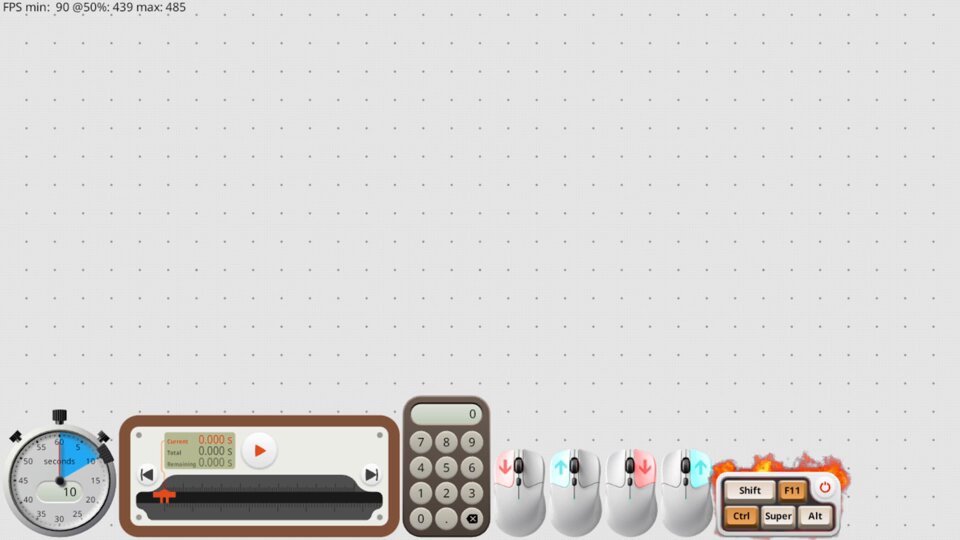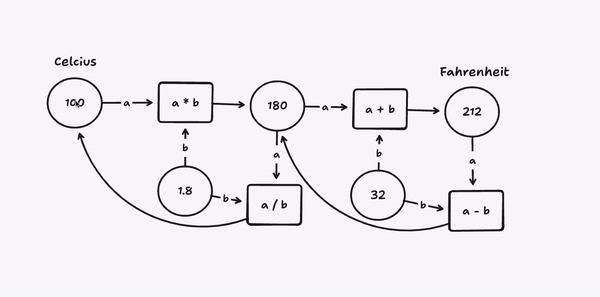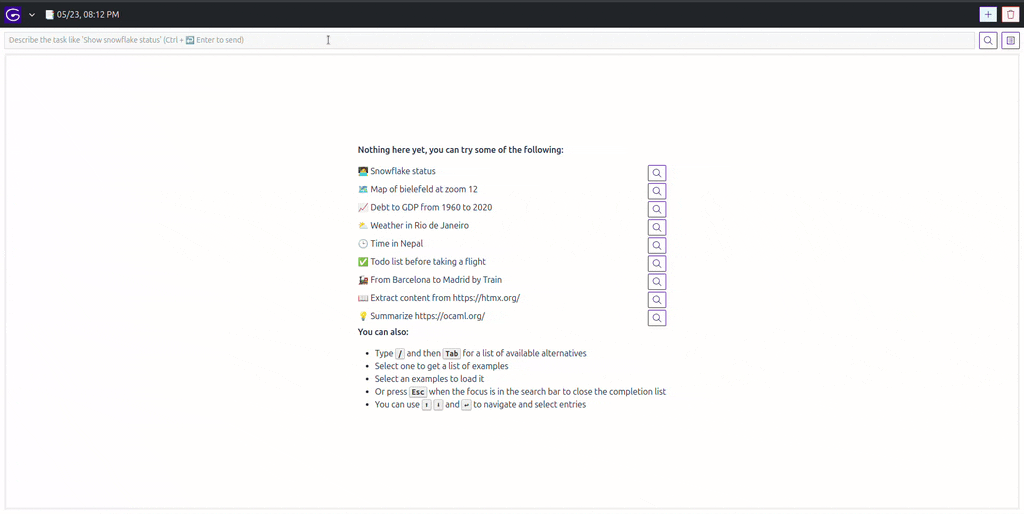📡 Propagator Networks 🌯 Visual Language for Polymorphic Types 🤨 NoCode Will Not Bring Computing to the Masses
Two Minute Week
🐚 Automat via Marek Rogalski
Context: Automat aims to be a general purpose visual shell - it's meant to control other apps & pass their data around. It has a website at automat.org. The MVP version is going to record & replay desktop macros. Last week I've pretty much finished the work on connections and now I'm working on the new timeline object!
Automat is a FOSS software that allows anyone to control their computers by combining interactive blocks.
🐦 Marek Rogalski (@mafikpl) on X: Working on the most complex Automat object so far - the Timeline. It should be able to control other objects according to its embedded tracks.





[ ] Change Month and Week Number
[ ] focWeekExport "2023-01-19" "2023-01-26"
[ ] Update Search Index
[ ] Download New Attachments
[ ] Update links
[ ] Check that comment links work (push weekly dump with channel summaries)
[ ] Check to mention right person for moved messages
[ ] Summary
[ ] Hashtags
[ ] Set title in newsletter
https://tinyletter.com/
https://tinyletter.com/marianoguerra/letters/
http://localhost:8000/history/
https://marianoguerra.github.io/future-of-coding-weekly/
https://stackedit.io/app#